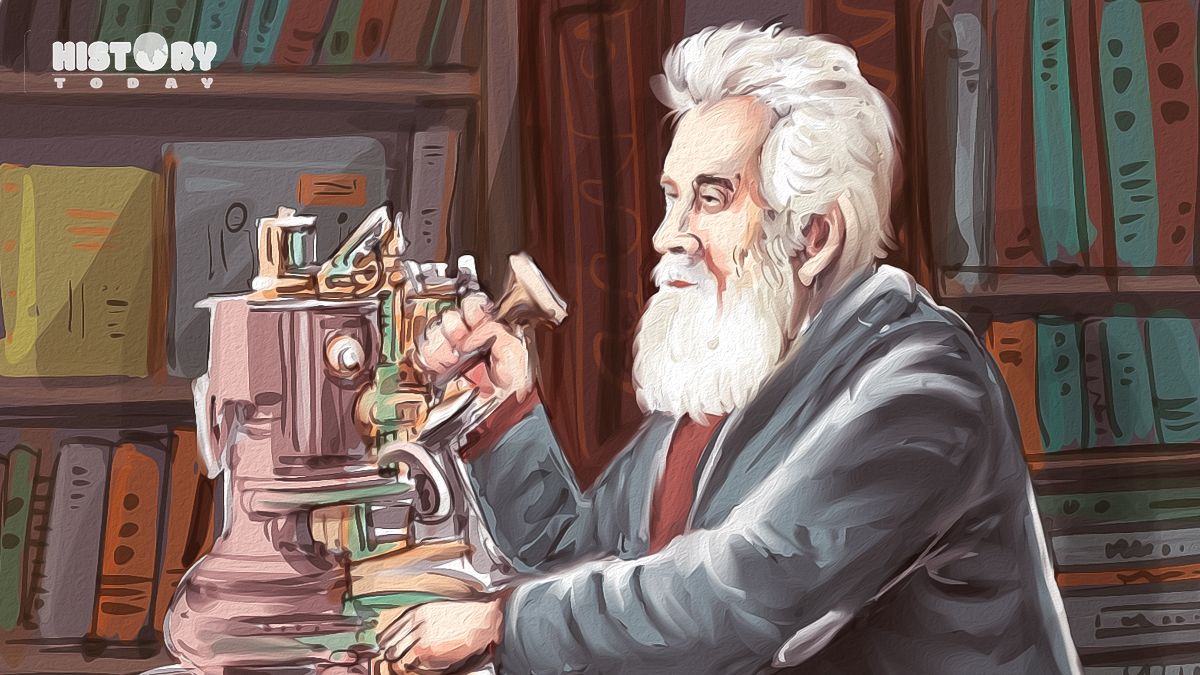“Mr Watson, come here, I want to see you” was the first message transmitted into the mouthpiece of a newly invented telephone on March 10, 1876. The call was made from a downtown Boston laboratory and received by his assistant Thomas Watson. This invention changed the world of communication and science to a great extent.
If you are a history geek who loves to learn about important events from the past, Firstpost Explainers’ ongoing series, History Today will be your one-stop destination to explore key events.
On this day in 1959, the Tibetan Revolt also known as the Tibetan Uprising against Chinese rule began in Lhasa. The iconic image of Mahatma Gandhi spinning a wheel in a bid to promote home-grown products was taken on this day in 1931.
Let us see some of the events that took place across the world on this day.
Alexander Graham Bell makes first telephone call
History was scripted on March 10, 1876, when the first successful telephone call was made by Scottish inventor Alexander Graham Bell . In his laboratory in Boston, Graham spoke the iconic words “Mr. Watson, come here, I want to see you.”
Thomas Watson, came to him as instructed, showing that the message had been received. When asked to repeat the message, Watson said, “Mr Watson, come here, I want you.” The Scottish inventor then swapped places with Watson and heard him read a few passages from a book.
This is what unfolded during the first telephone call. Bell informed that the voice on the receiver’s end was indistinct and muffled but loud enough that the message could be understood. This groundbreaking achievement laid the foundation for the modern telephone and revolutionised global communication.
Just three days later on March 7, Alexander Graham Bell was granted a patent for the telephone. This groundbreaking invention quickly evolved, leading to the formation of the Bell Telephone Company in 1877, an entity that would become instrumental in the global proliferation of telephone networks.
Although today we have come a long way from Bell’s telephone, it laid the foundation for further developments in communication technology.
Tibetan Revolt of 1959
Tens of thousands of Tibetans took to the streets of Lhasa on March 10, 1959, to protest against China’s illegal invasion of their homeland.
To understand the revolt we need to look back a few years in 1950, when China began the occupation of Tibet. Troops from the People’s Liberation Army (PLA) invaded the country, forcing the Tibetan government to give in to Chinese pressure of handing over the power of His Holiness the Dalai Lama to the country’s domestic affairs.
On March 10, a huge crowd of Tibetans marched to the Dalai Lama’s residence to protect him as fears of a plot to kidnap and take him to Beijing floated.
The situation deteriorated rapidly. By March 17, Chinese artillery was aimed at the Potala Palace, forcing the Dalai Lama to flee to India. On March 19, fighting broke out in Lhasa. On March 21, the Chinese shelled Norbulinka. Following this, the PLA brutally suppressed the Tibetan resistance.
The Chinese military fully suppressed the uprising, resulting in the deaths of thousands of Tibetans and further tightening China’s control over the region.
When Mahatma Gandhi’s iconic spinning wheel picture was clicked
All of us are familiar with the photo of Mahatma Gandhi spinning the charkha or spinning wheel. But do you know the story behind the image?
Renowned American photojournalist Margaret Bourke-White, who took the photograph, spent some time learning to work the wheel as instructed by Gandhi. The image, captured at Delhi’s Birla House, showed Gandhi sitting cross-legged, deeply focused on spinning yarn using a charkha. The chakra was a central part of the Swadeshi movement.
The image went on to become an enduring icon of India’s freedom struggle and the power of nonviolent resistance . It further showed Gandhi besides the charkha and a few books (including the Bhagavad Gita), became a defining representation of his ideals.
Even today, it continues to inspire movements focused on self-reliance, sustainability, and peaceful resistance. It also cemented Bourke-White’s legacy as a legendary photojournalist, who captured history through her lens at a defining moment in India’s journey toward independence.
This Day, That Year
In 1969, James Earl Ray pleaded guilty to murdering Martin Luther King Jr.
The Red River Campaign began in the American Civil War in 1864.
)